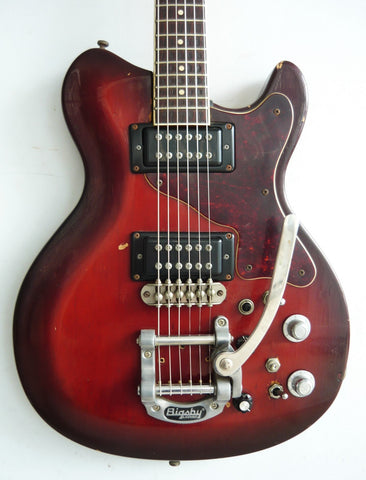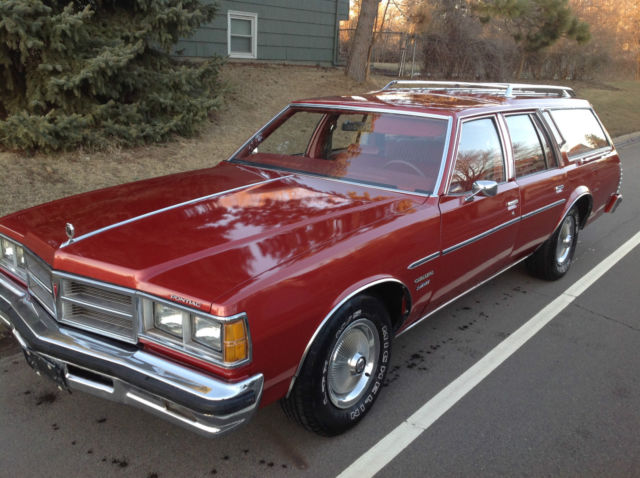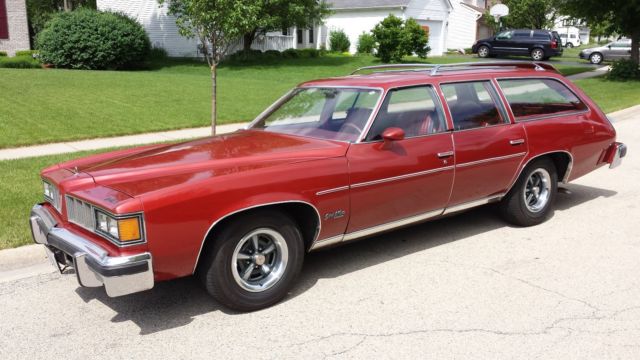Well, they just arrived today; thanks! I'm glad I picked both of them up too.
Body 1 (with the large rout) seems to have a finish that was put on in the 70s.
Body 2 is three different pieces of wood.
Any idea why #1 has such a large rout that extends to the bridge and tailpiece? I guess:
1: It was mistaken for a Brass Rail body, or;
2: It was going to have a set neck but not a Brass Rail neck.
Look at Sumlin's Brass Rail under the pickguard for a comparison to Body 1:

My Bluesbender Body again:

You can't tell easily from the photograph but there's a channel just ever so slightly lower than the rest of the rout where a long piece of wood could fit in that would definitely be for a set neck (but one that's much longer than many other guitars, I'm guessing; like the Brass Rail model.)
I took apart my Brass Rail Deluxe a bit to compare the body with the guitar; on my Brass Rail, the neck wood extends under the pickups all the way to the bridge and underneath part of the tailpiece (judging by the outline of the finish cracks) but no farther. I'm thinking that Bluesbender Body #1's more likely a mistaken body instead of a guitar meant to be a set neck model; After all, didn't the Brass Rail had to use Wenge to counteract the weight of the neck? I'd have thought they would have re-used the body even after this issue if it wasn't too difficult for time constraints to repurpose it.
I'm not sure the Blues Bender was even made at the same time as the Brass Rail; the Blues Bender first showed up when? 1972? The Brass Rails were in 1976. Here's another possibility:
3: This was a Blues Bender body that was practiced on before building Brass Rail models.
One other thing; Body 1's paint is
where the would-be set neck would have sat. Last I checked, you're not supposed to glue on top of paint. Mosrites bring up all sorts of questions.
(to be continued...)
- Austin









